Asparagus, liver, olives—certain foods have been causing disgust and groans at the dinner table for generations. Even as adults with evolved palates, many still skip these foods that haunted their childhood meals. In this list, we’ll revisit some of these common foods that people are known to notoriously avoid.
Brussels Sprouts
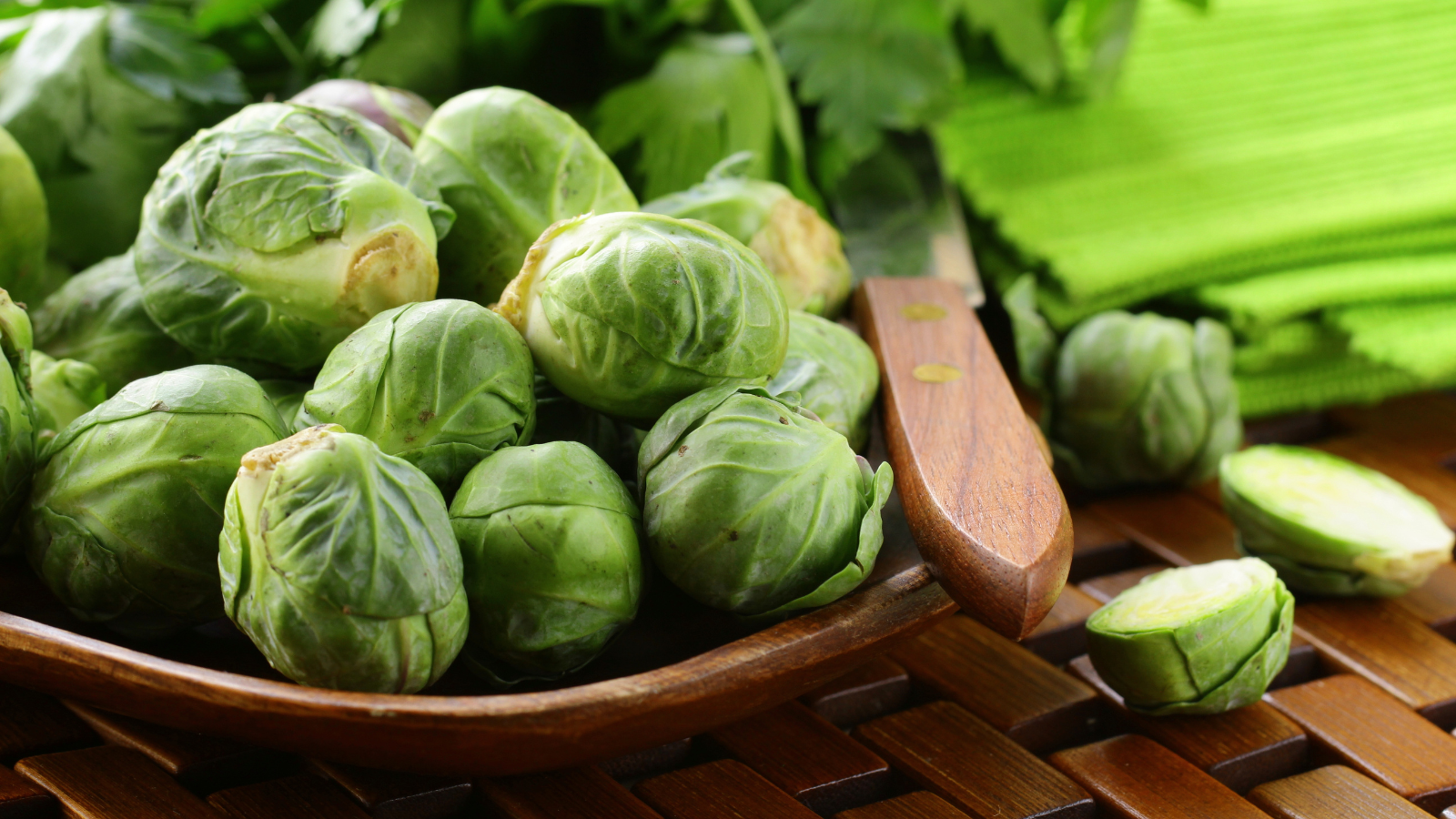
Brussels sprouts have been causing grimaces at dinner tables for years, and they’re often disliked for their strong and sometimes bitter taste. Nonetheless, now you should know that they’re actually packed with nutrients, and cooking methods like roasting can bring out a natural sweetness in them.
Broccoli

Many children turn up their noses at broccoli, with its tree-like appearance and unique taste making it an easy target for picky eaters. However, broccoli is a powerhouse of vitamins and minerals like potassium, calcium, and iron, and light steaming can make it a little more enjoyable for youngsters.
Spinach
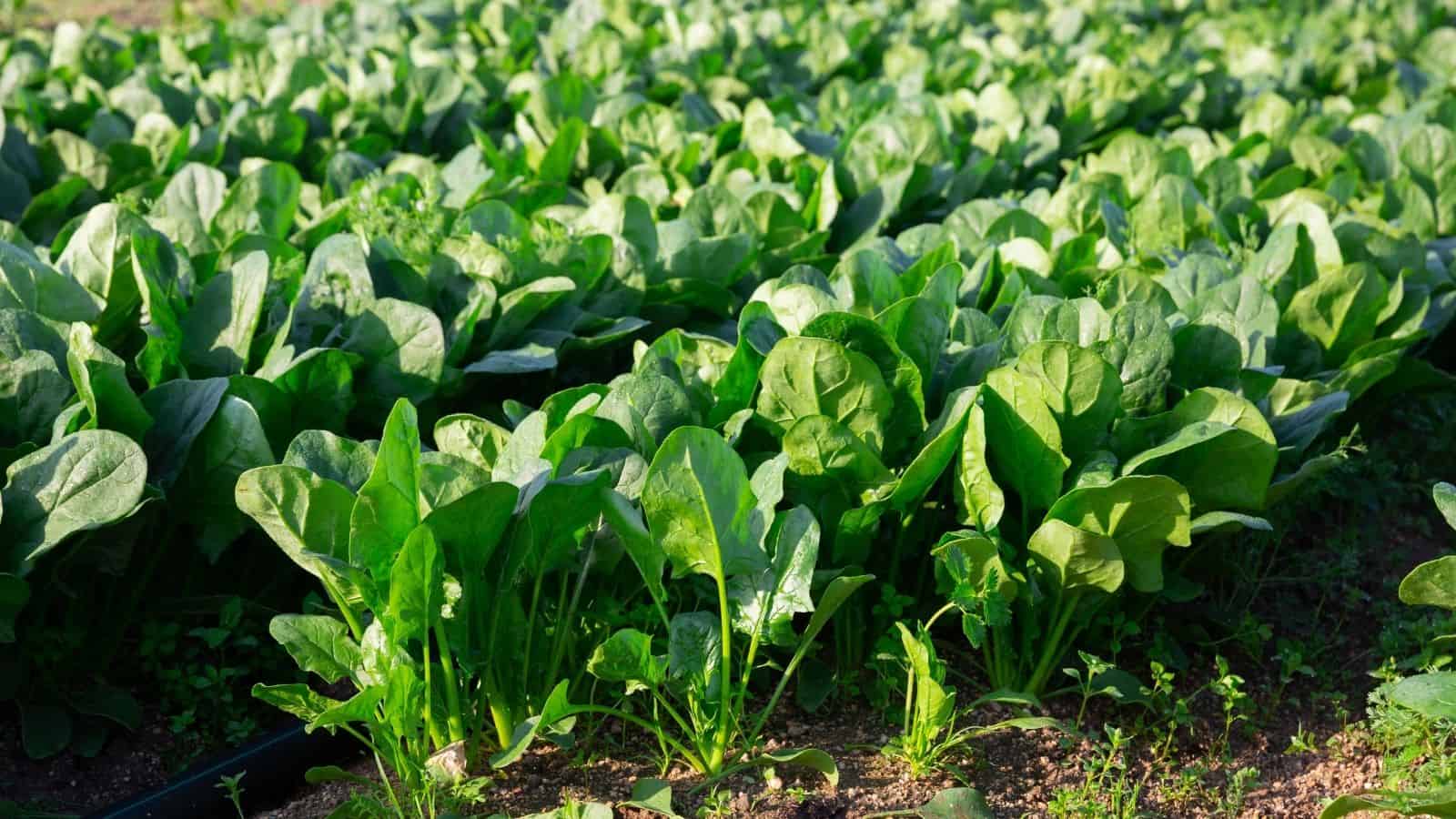
You may also have childhood memories of being urged to eat some spinach because it’ll give you strength. And, of course, you hated it because of its slightly bitter taste. It’s, however, high time that you outgrew your dislike for it, as spinach is a versatile option packed with iron that can be enjoyed raw or cooked.
Liver

With a strong, metallic taste that isn’t easily masked, many children also dread seeing liver on their plates. This is despite the fact that it’s rich in nutrients like iron and vitamin A. Cooking liver with onions and herbs can enhance the flavour while eating, even though it remains an acquired taste.
Anchovies
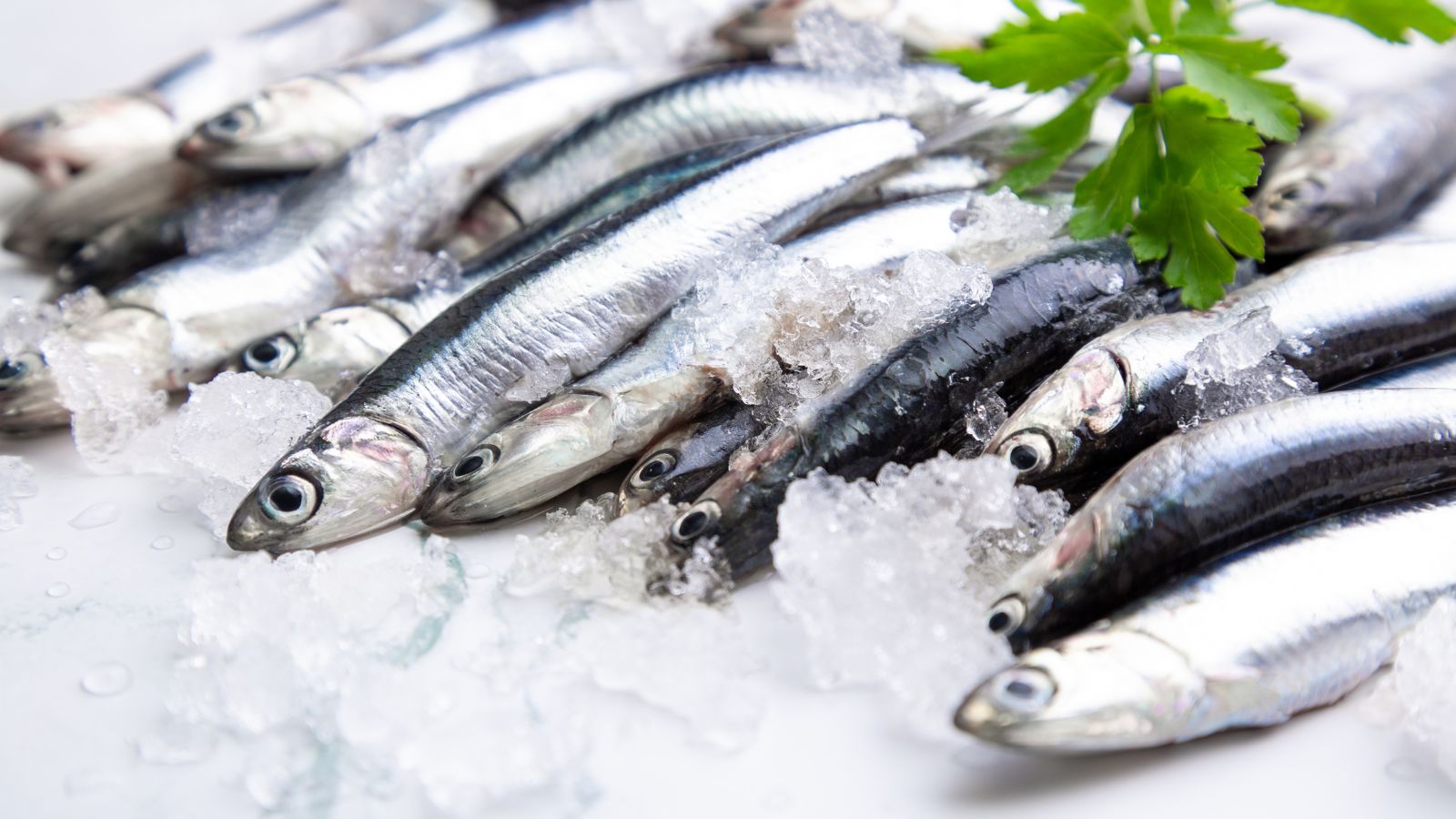
The intense saltiness and strong fishy flavour of anchovies often turn people away from this tiny fish. Frequently found on pizzas or in Caesar salads, we’ll admit that they do pack a punch—albeit unpleasant to many. But know that anchovies are a good source of omega-3 fatty acids, and using them sparingly can help add some depth to sauces and dishes.
Mushrooms
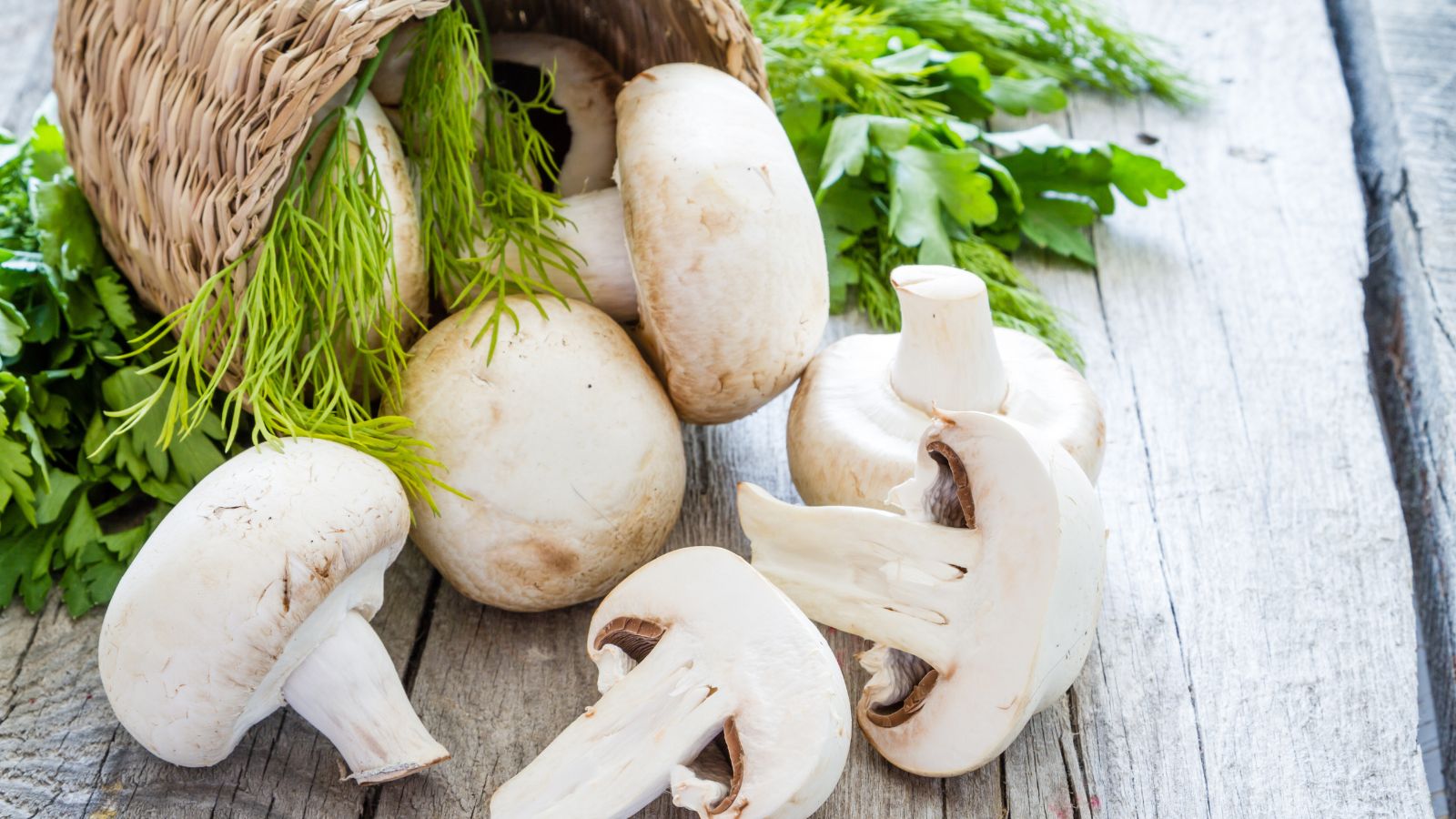
Mushrooms can be a divisive topic due to their unique texture and earthy flavour, which some people actually like. However, many others find them unappealing, especially when they’re soggy. However, with many varieties, each has its own taste and culinary uses, and proper sautéing can make them tasty additions.
Cottage Cheese
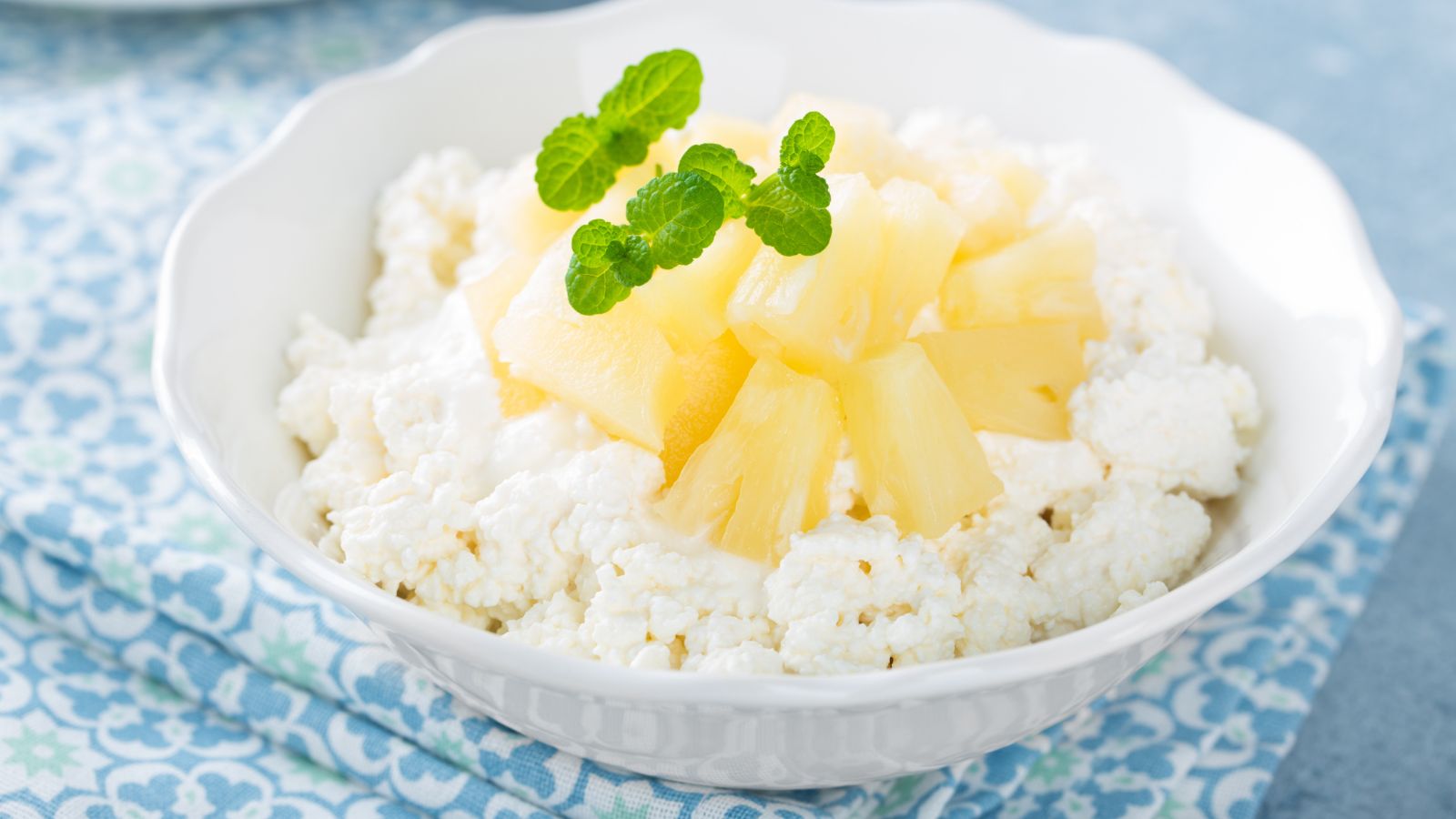
The lumpy texture of cottage cheese often deters kids from trying it. Its mild flavour also doesn’t always win fans, and this has prevented many from enjoying its high-protein, low-fat benefits. If you’re ready to try some out again, pair your cottage cheese with fruits or use it in crumbled bacon recipes.
Olives

Olives, with their briny taste and firm texture, aren’t always a childhood favourite. Yes, they are a staple in Mediterranean cuisine and rich in healthy fats, but whether green or black, they can be an acquired taste due to their bitterness. It’s even made it to the top of many lists of the UK’s most hated foods around.
Oysters
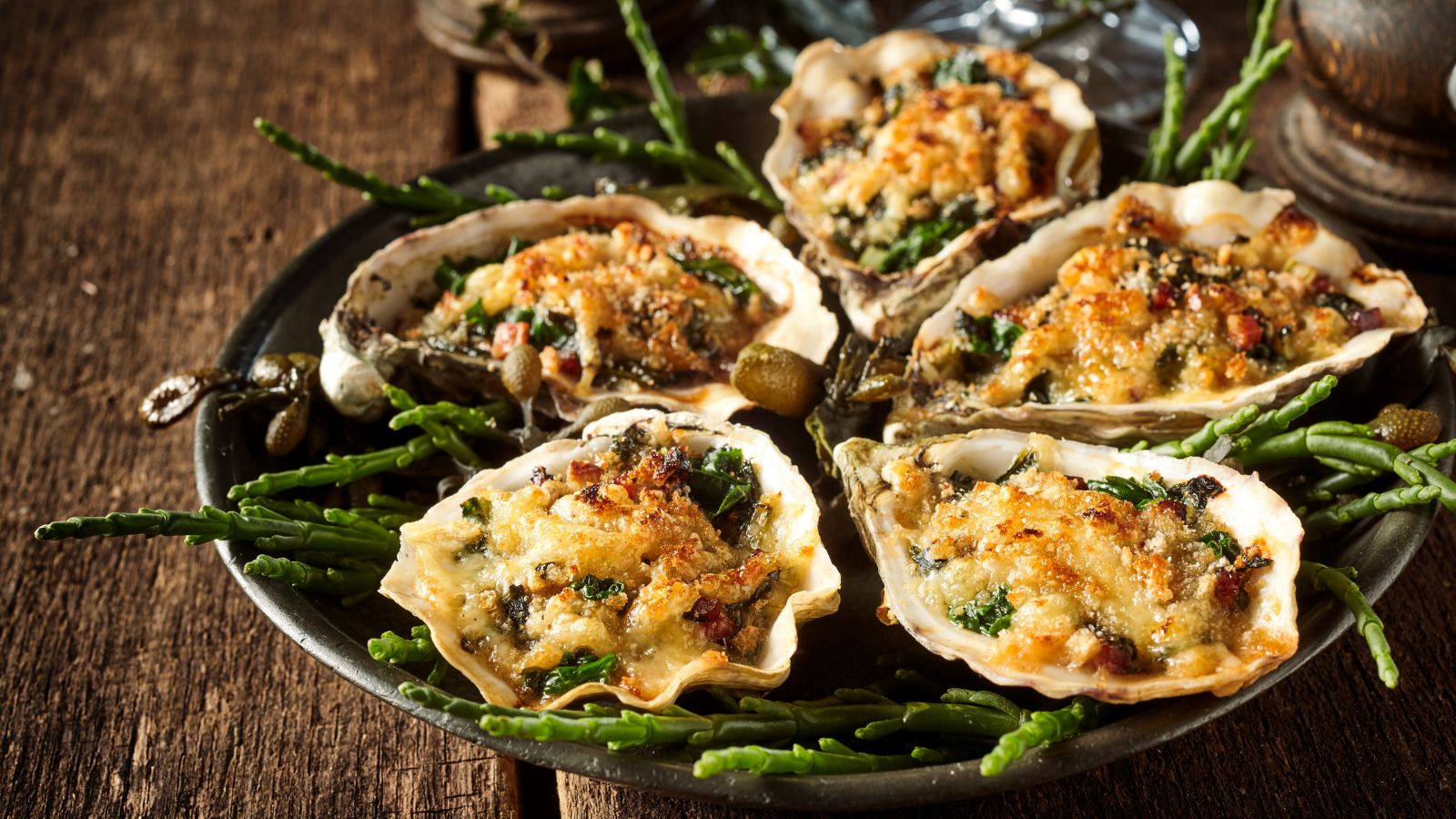
Due to their slimy texture and oceanic taste that are challenging for some palates, oysters are another seafood delicacy that many children shy away from. Nonetheless, as an adult, don’t be afraid to try them out, as they are rich in zinc and other nutrients and can be enjoyed raw or cooked.
Sardines
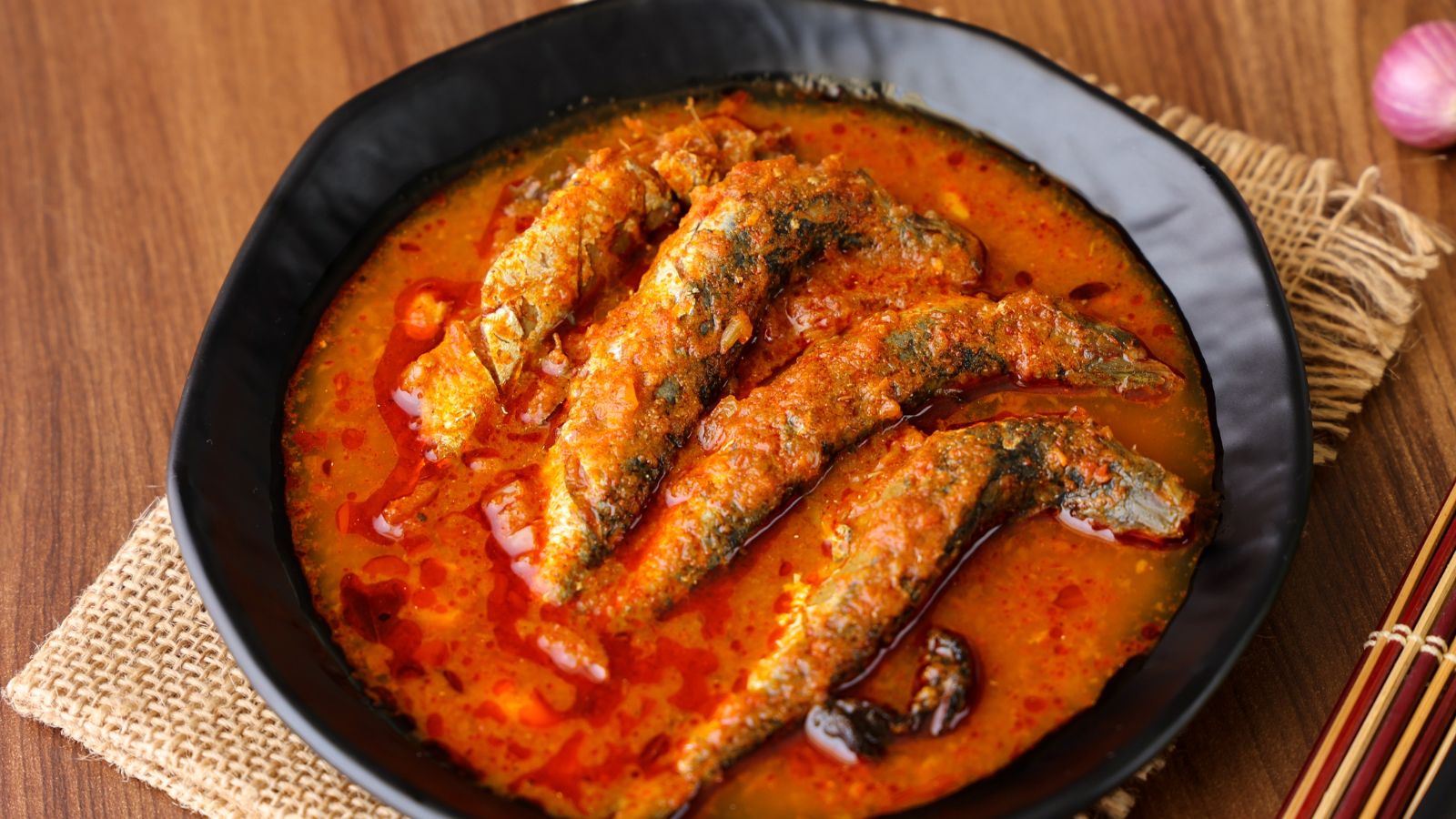
Sardines, often canned and strong-smelling, aren’t high on many kids’ and adults’ favourite food list. Their oily texture and robust flavour can be overwhelming, to say the least, and many don’t even mind missing out on the omega-3 fatty acids and calcium benefits that come with them.
Beets
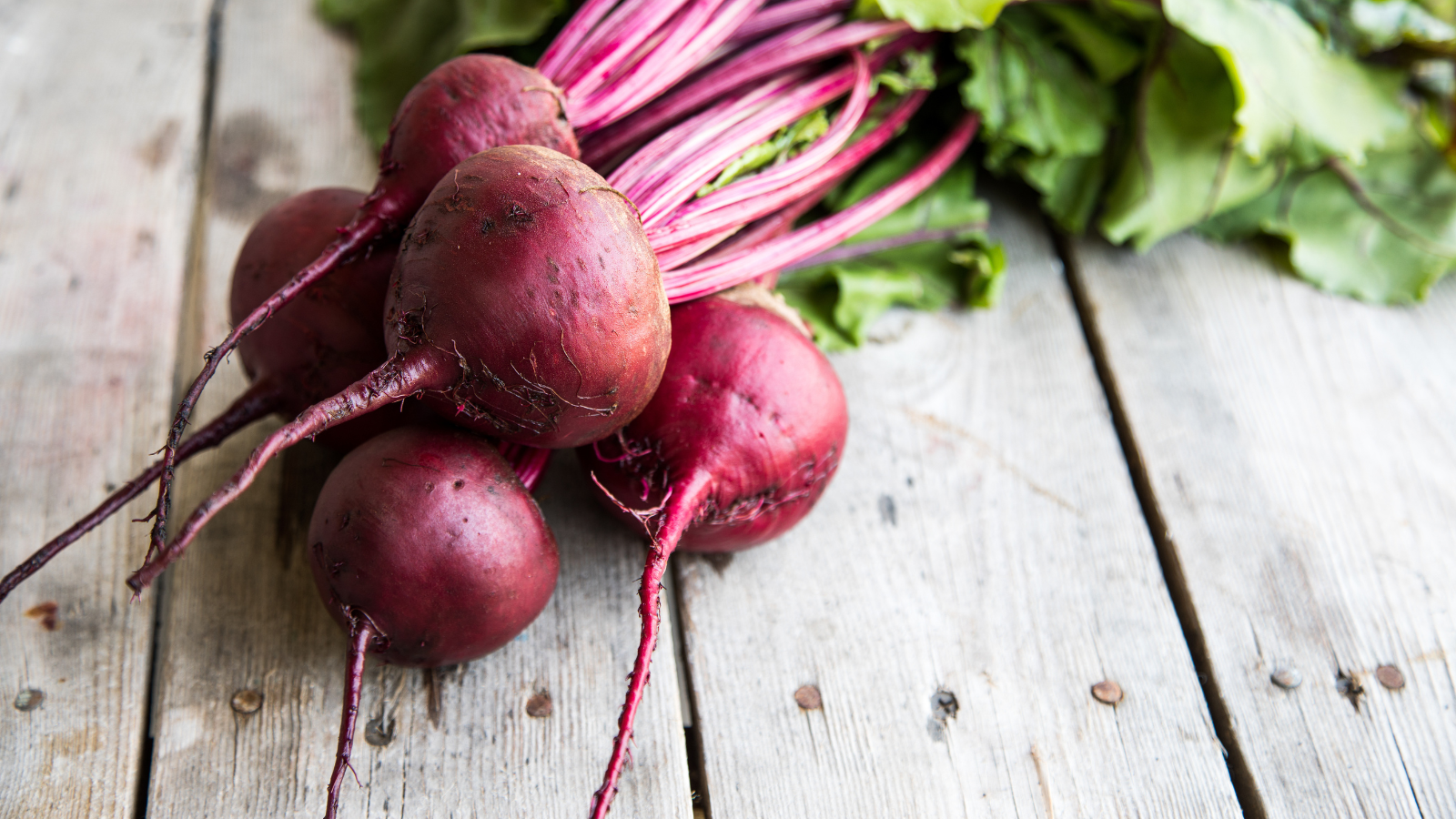
With their distinct earthy flavour, beets are another food option that doesn’t especially appeal to everyone. Their deep red colour can also be off-putting, and because storing them is hard as well, getting fresh beets to eat isn’t a walk in the park. Anytime you can now, however, try some out, as they are packed with antioxidants and vitamins.
Cauliflower
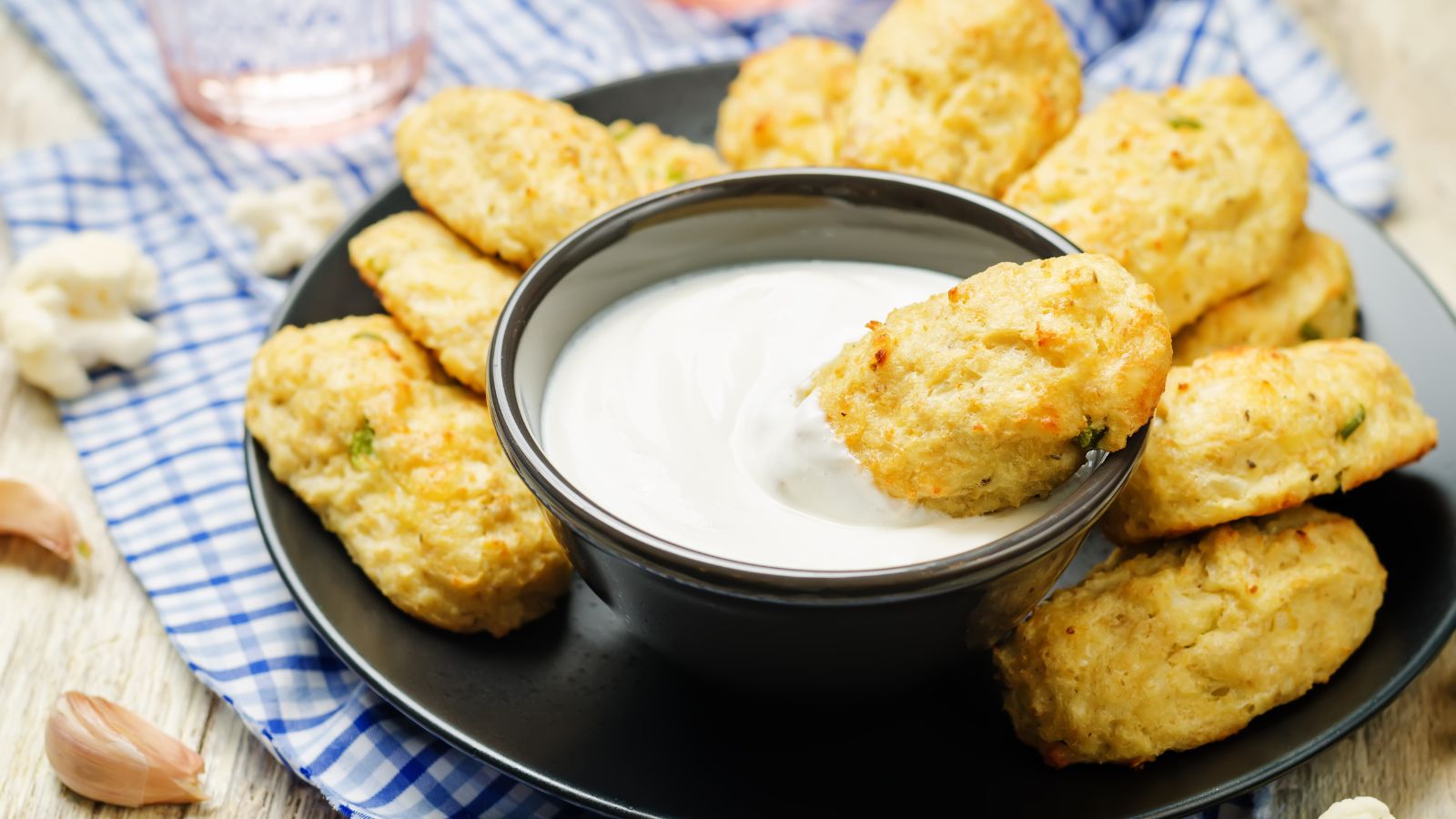
Cauliflower often seems bland or boring to some children, particularly because of its lack of vibrant colour and mild taste. However, it’s a versatile vegetable that can be transformed into dishes like cauliflower rice or even pizza crust. Such adaptability makes it more interesting as an ingredient for your meals.
Turnips
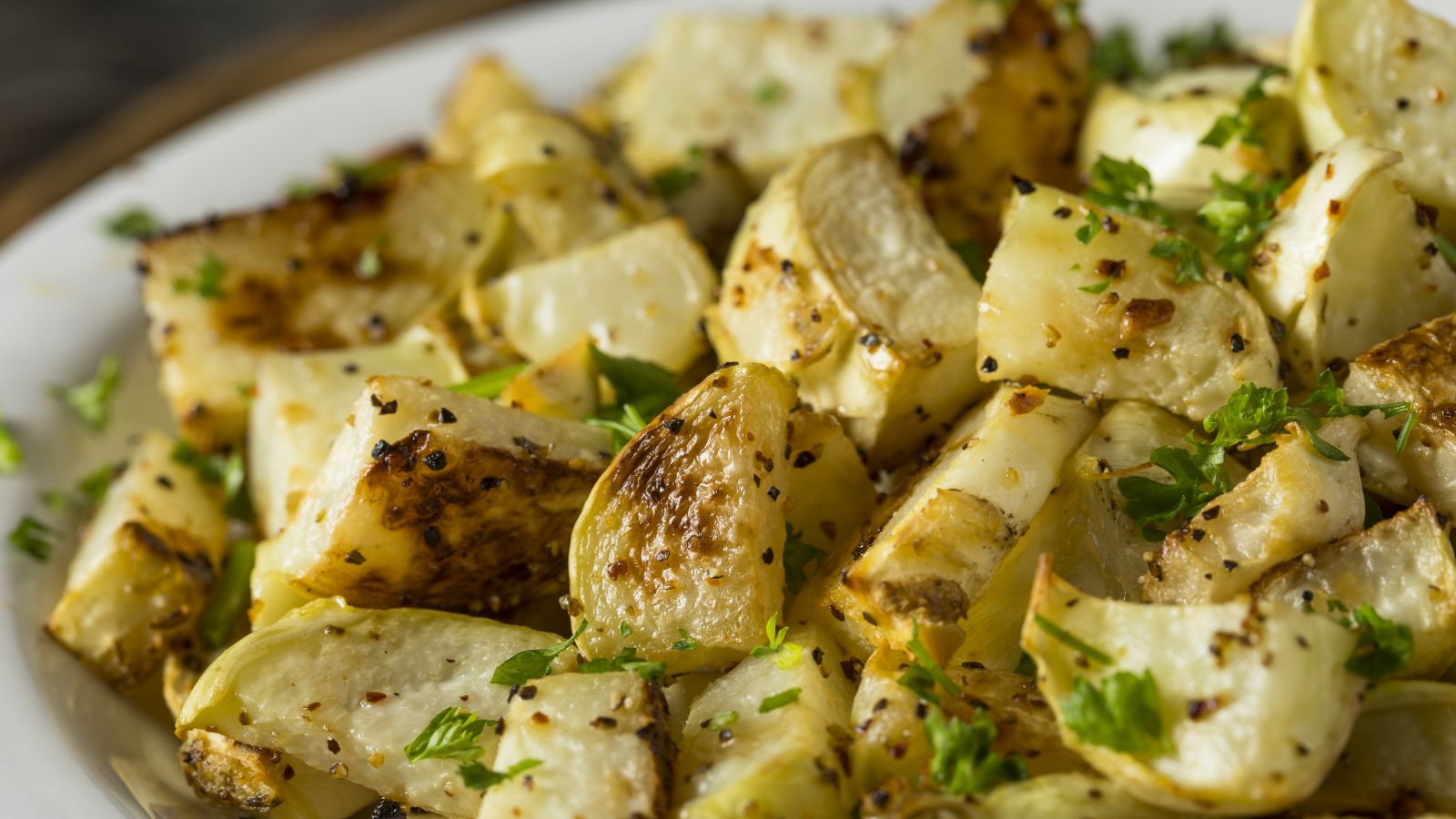
The fact that turnips resemble potatoes doesn’t help, as their slightly bitter taste also often gets them overlooked. But you should know that turnips are nutritious and adaptable—they can be prepared in various ways, such as roasting or mashing—and combining them with other vegetables might help you appreciate their unique flavour more.
Asparagus

Rich in vitamins A and C, asparagus spears can also be a tough sell to kids due to their strong flavour and sometimes tough texture. They’re so much disliked that they were deemed unimproved oddities in the 17th century. And what’s worse, they also leave an unpleasant, sulphur-rich scent in urine that many find unappealing.
Blue Cheese
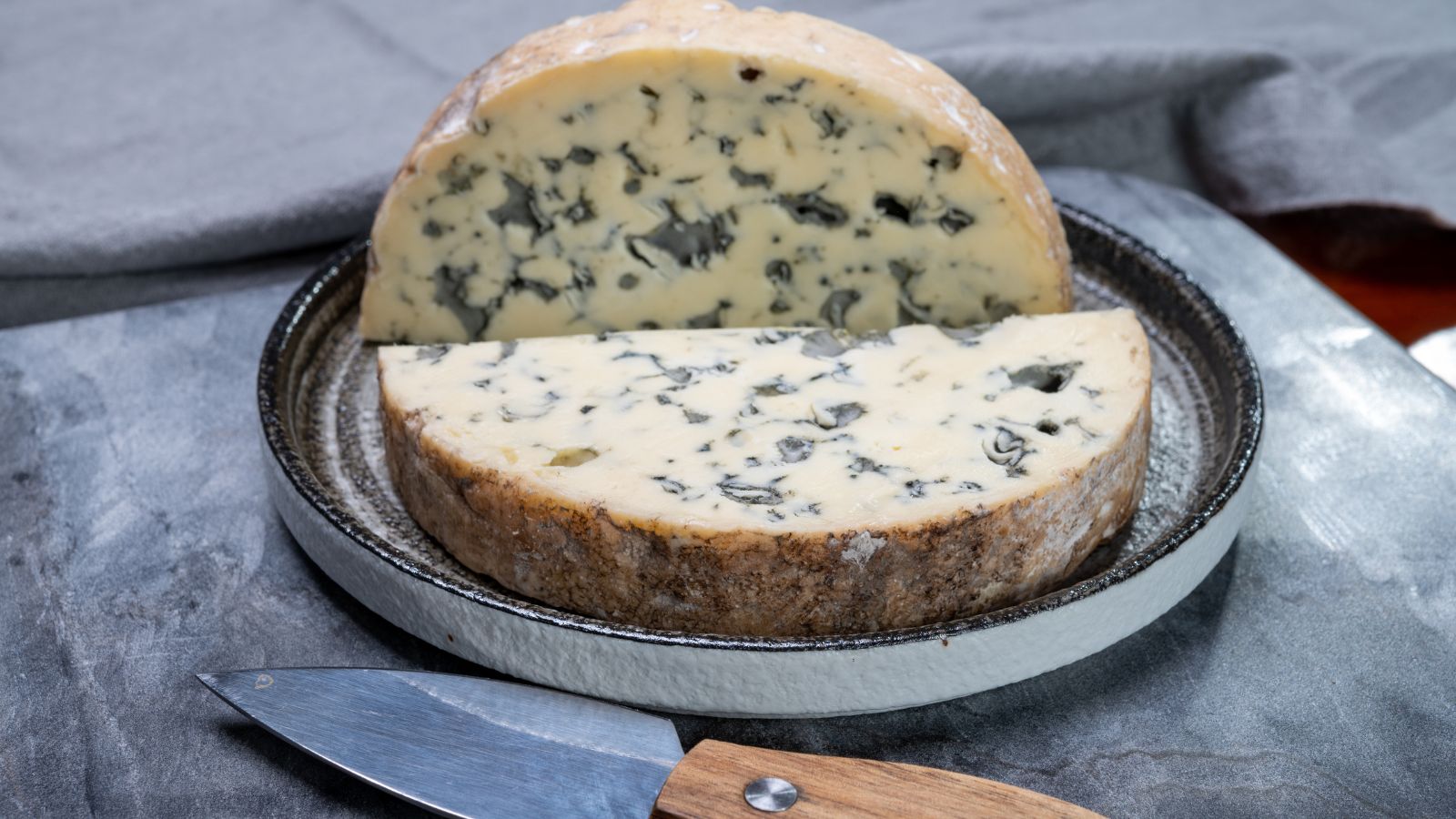
Blue cheese, with its pungent aroma and strong taste, isn’t a cheese that many children enjoy. The blue veins are caused by mould cultures, and this can be off-putting, to say the least. Despite this, however, blue cheese adds depth to salads and sauces, and it’s very common to see people develop a taste for it later in life.
Lima Beans
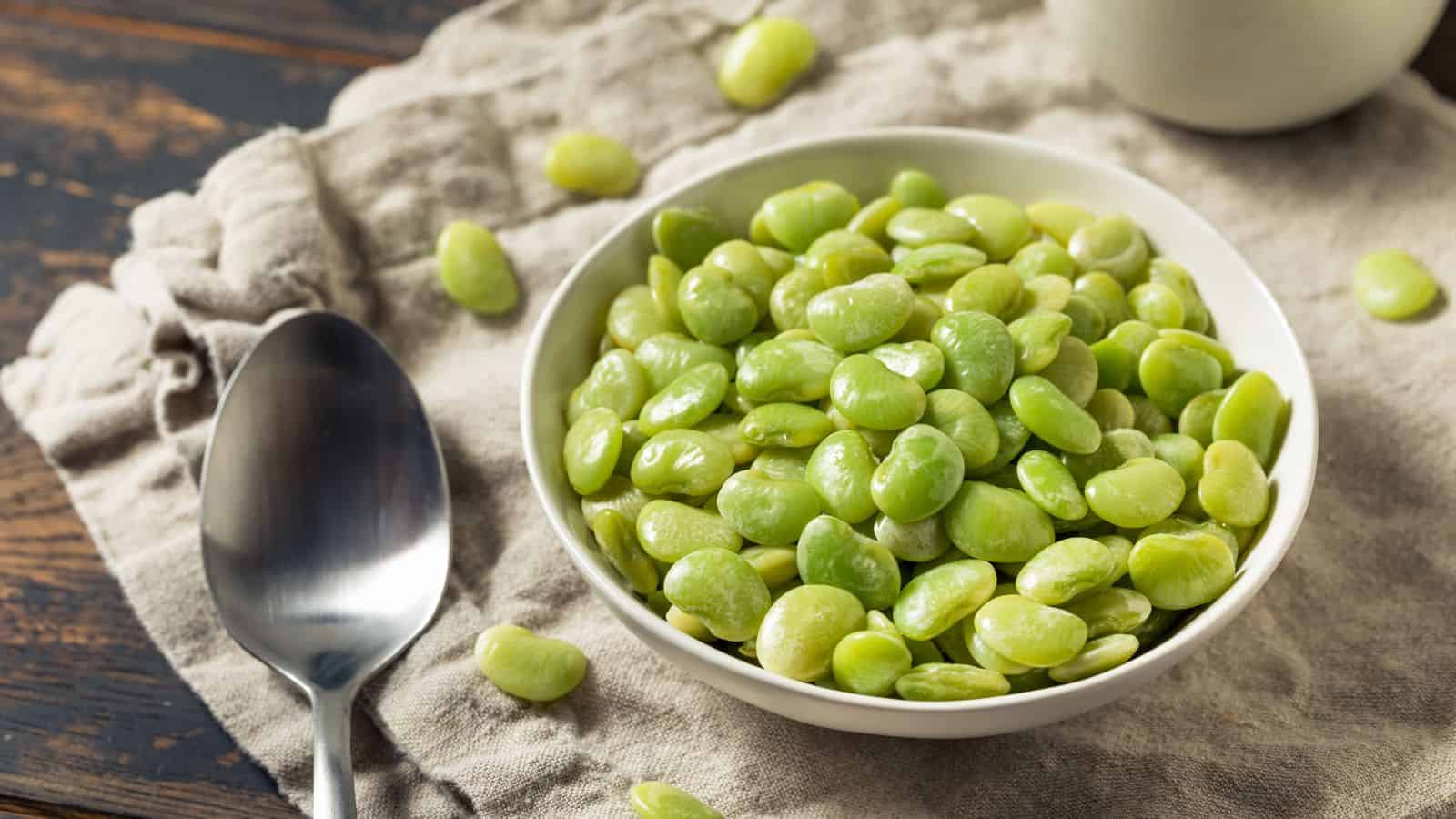
Whether frozen, canned, or even fresh, lima beans are generally disliked for their starchy texture and bland taste. They are, however, a good source of protein and fibre. Cooking them with herbs and spices can improve their flavour, and including them in soups and stews might make them more acceptable to even picky eaters.
Okra
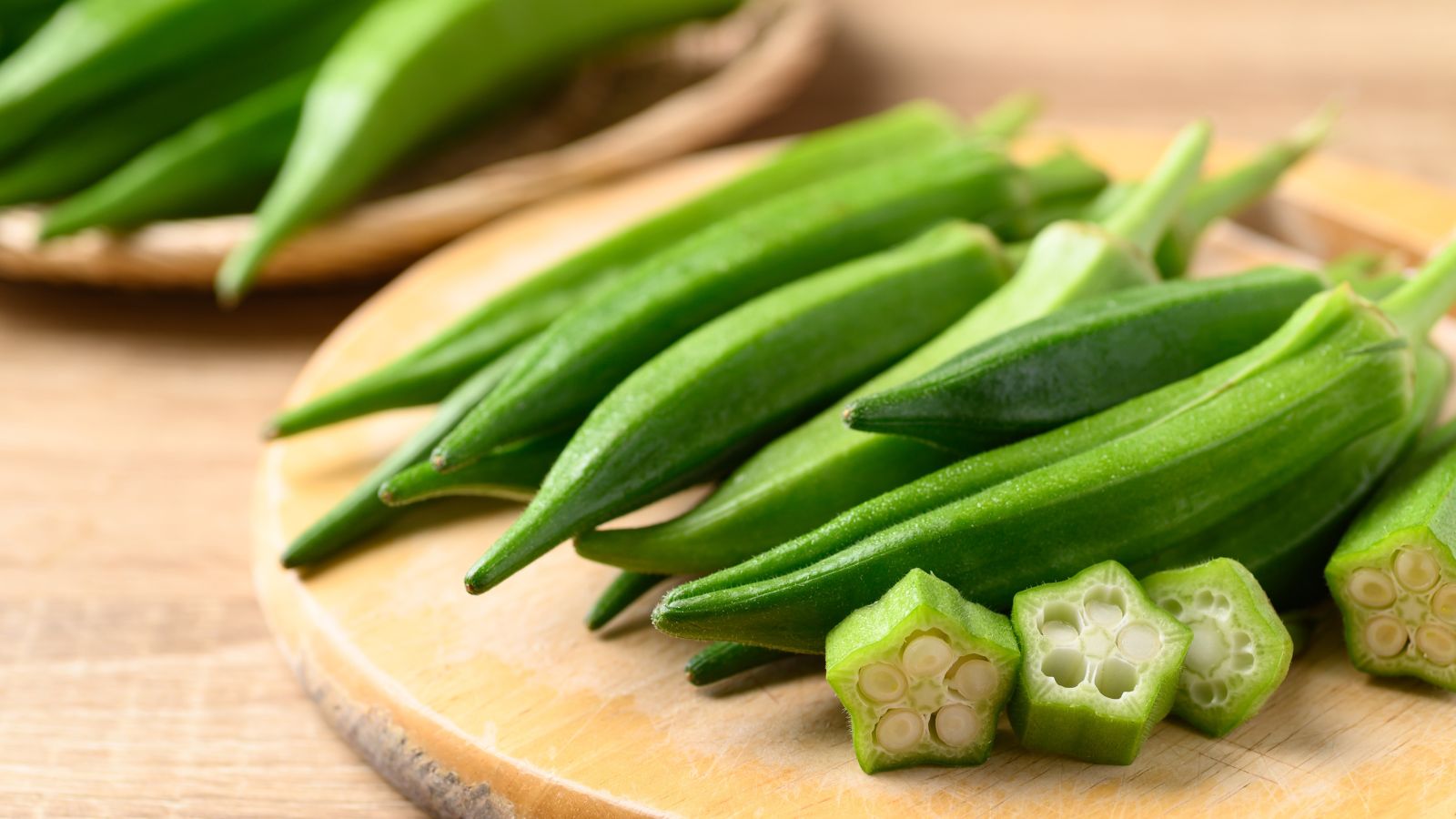
Of course, we include okra in our list. It is frequently snubbed because of its slimy texture when cooked. Even some chefs refer to it as the most foul food ever grown, even though it’s become a staple in many cuisines and is packed with vitamins and minerals.

